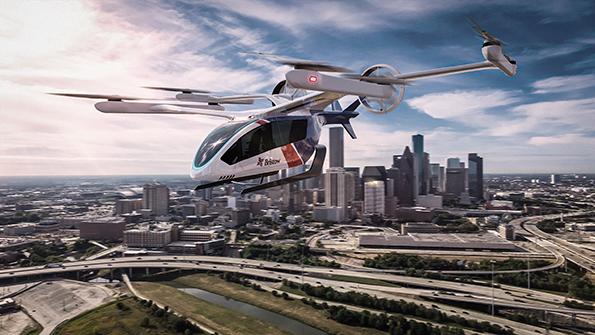
Credit: Embraer
Why is one of world’s largest operators of complex and expensive commercial helicopters, accustomed to flying in some of the world’s most demanding environments, interested in small electric aircraft and advanced air mobility? For Bristow Group, the partnerships it has formed with multiple electric...
Subscription Required
This content requires a subscription to one of the Aviation Week Intelligence Network (AWIN) bundles.
Schedule a demo today to find out how you can access this content and similar content related to your area of the global aviation industry.
Already an AWIN subscriber? Login
Did you know? Aviation Week has won top honors multiple times in the Jesse H. Neal National Business Journalism Awards, the business-to-business media equivalent of the Pulitzer Prizes.

